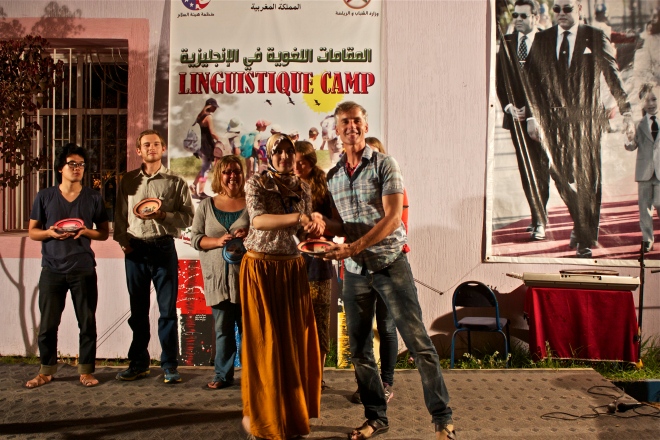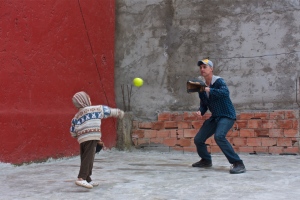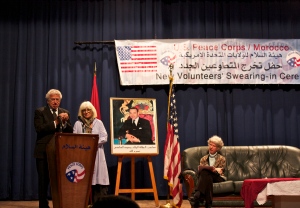Waiting For Our Coronavirus Saga to End 2020-2021


The tourism-related sector accounts for about 12-13% of Morocco’s yearly GDP; it declined by 70% in 2020.
Four months into the global coronavirus emergency and we’re all waiting for the next stage of a life with the coronavirus – whatever that may be. For friends here and back home in the USA, it’s been a lonely experience so far, especially hotel-bound. Morocco’s government just announced a loosening of stay-at-home orders for many regions but the major cities (where there are more confirmed cases) still have some quarantine regulations against large crowds and masks are required in public.
By November 2020, though, coronavirus cases were soaring (just like most of Europe) and the daily death toll in Morocco often reaches 60 to 70. The Delta variant in August 2021 caused those numbers to rise even further.
The fatality rate of coronavirus has varied considerably by nation. In the spring, Morocco’s coronavirus death rate was ~2.0% of those infected. High initial death rates in Italy and Spain, about 5%, have also fallen to around 2%, part of an early preliminary pandemic phenomenon where developing nations had noticeably lower coronavirus fatality rates than more affluent nations.
As the Delta variant becomes dominant globally, Morocco, Algeria and Tunisia are all struggling to contain the coronavirus and vaccinate their respective populations.


Waiting for happier days and the return of tourists and study abroad students to Morocco, perhaps in January. I hope to enjoy couscous again soon. Restaurants in Rabat are take-out only.








Many EU and American nationals left Morocco in the spring as the initial virus surge began.

Celebrating Morocco’s Heritage
The Alliance Francaise Minneapolis-Saint Paul celebrated Morocco in March. It was a pleasure to moderate a discussion (photo below) on the history and future of the French language in Morocco’s education system. Panelists included former US ambassador to Morocco Sam Kaplan and his wife Silvia; the former director of Fulbright programs in Morocco; a U of MN-Duluth professor and two young Moroccan students living and studying in the US.

A recent Reuters feature here for some background on French language in Moroccan education.
Leaving Morocco, but only for a while…
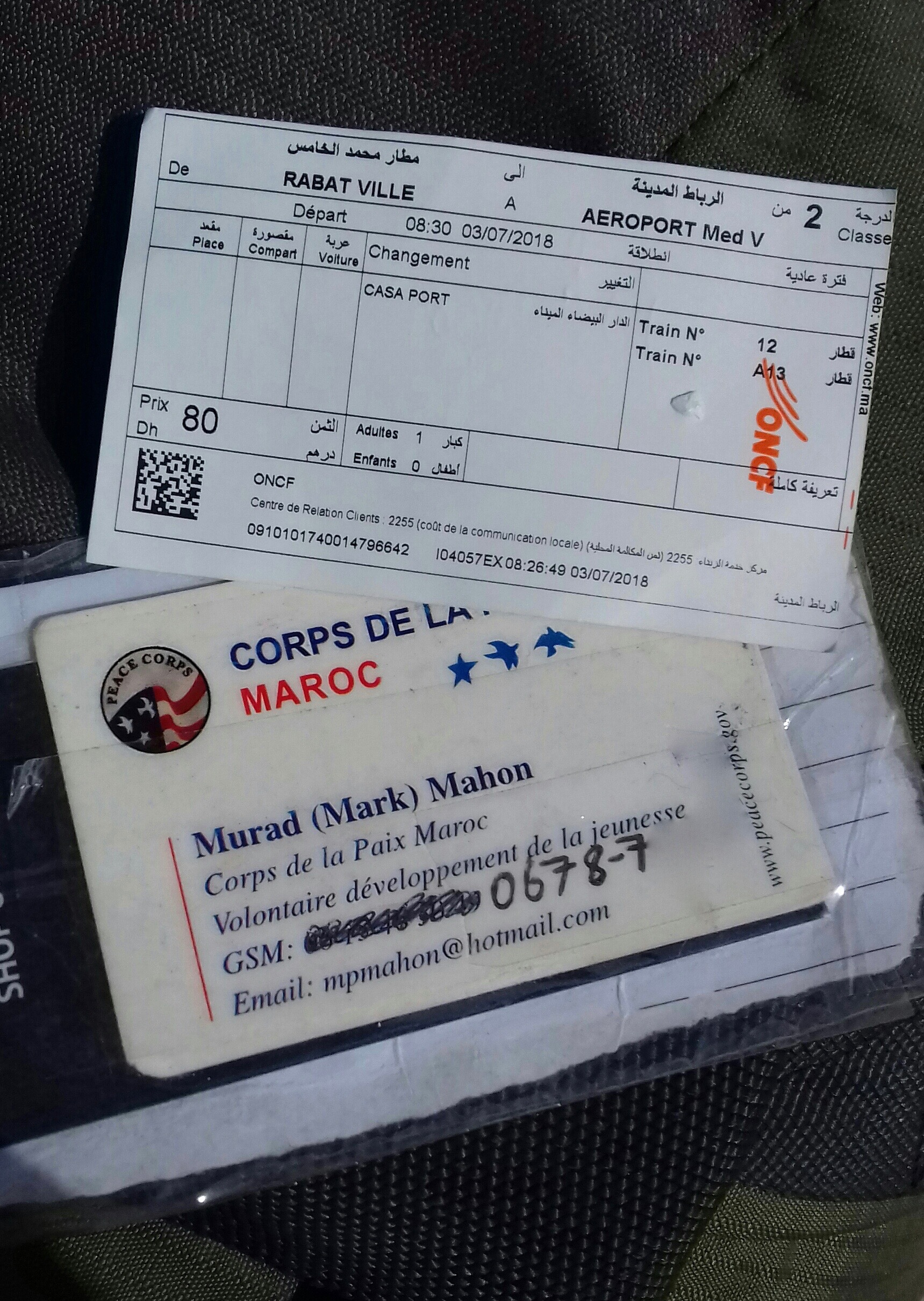
The train from Rabat to CMN airport. Five and-a-half years in the beautiful kingdom, first as a Peace Corps Volunteer beginning in 2013. I love you Morocco. Dima Maghrib.
Cool pics! Olives. Olive oil.
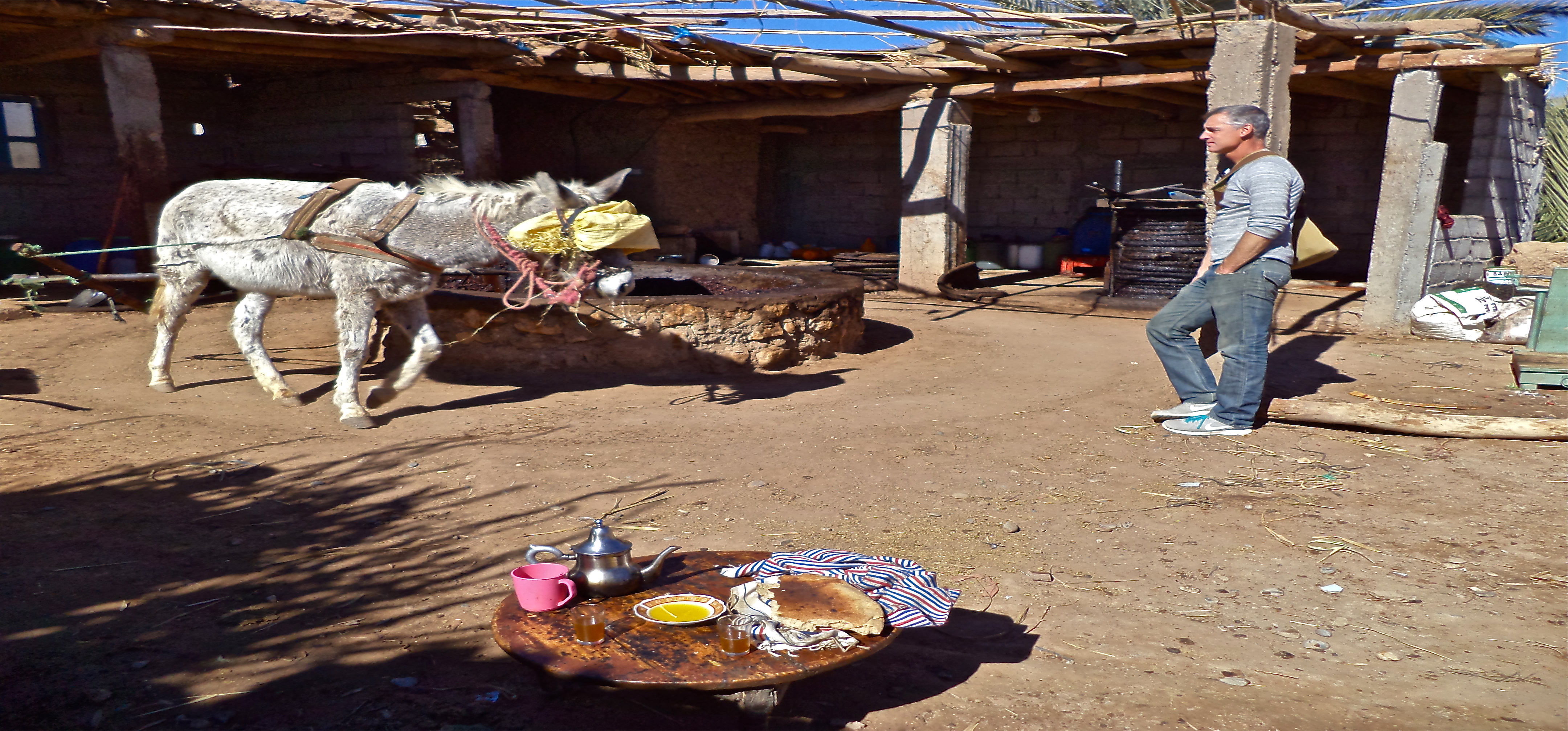
Making olive oil. (2015)
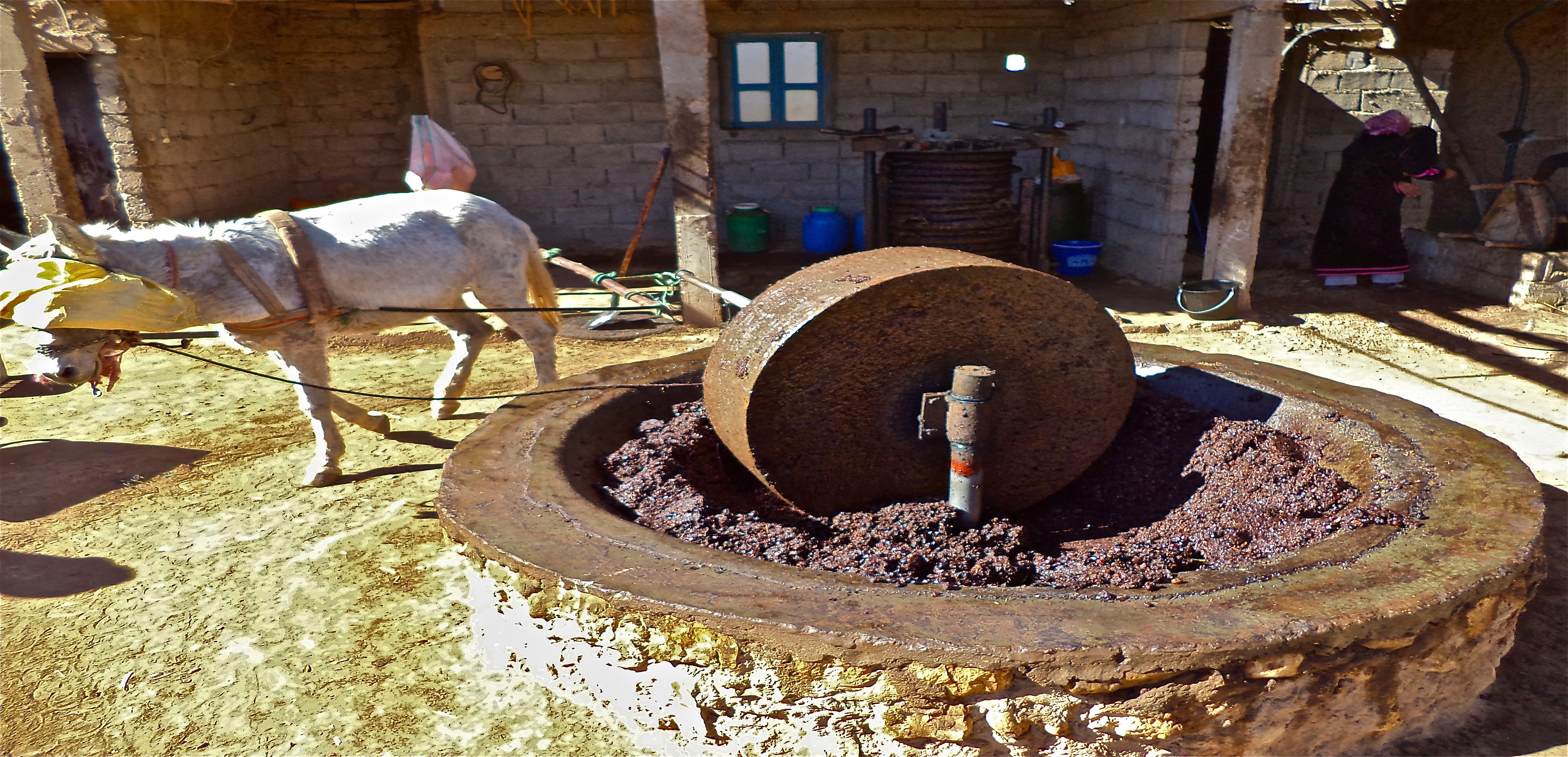
- Making oil (zeet) from olives (zeetun) in the south.
Morocco is one of the world’s largest producers of olive oil.
Morocco is the largest non-EU provider of fruits and vegetables to Spain.
Elections here and there
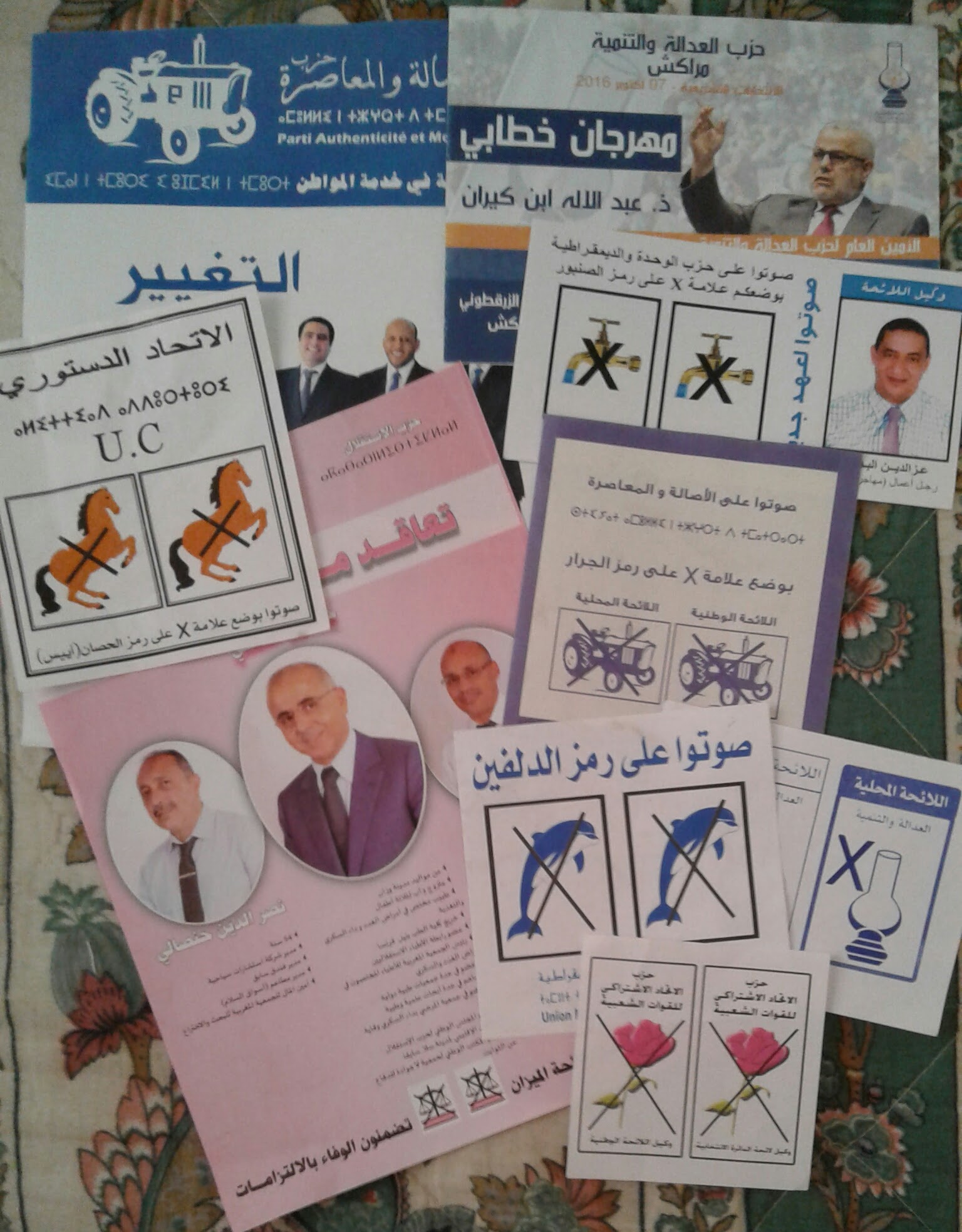
Street literature: Morocco’s political parties each identify themselves with a symbol. Those symbols range from a dolphin to a tractor. The symbols make it easier for some voters to remember a particular party. There are around 30 registered active political parties. On election day voters write an “X” on their ballot preference(s).
Morocco held parliamentary elections on October 7. Voter turnout was 43%, down from the 54% for last year’s regional and local elections. But party activists passionately promoted candidates and platforms in most cities and towns.
Two parties led the balloting this year: the Justice & Development Party (JDP) and the Party of Authenticity and Modernity (PAM). Both parties have seen success in recent years often at the expense of some of the older parties. There are 395 seats in the House of Representatives. Most are location-based constituencies, but a few dozen are reserved specifically for youth and female representation.
☆ I wrote an op/ed recently for Morocco World News on the upcoming U.S. presidential election:
https://www.moroccoworldnews.com/2016/10/199957/blue-states-red-states-and-one-nation/
☆ I appeared as part of a panel on Medi1 TV shortly after the US presidential election:
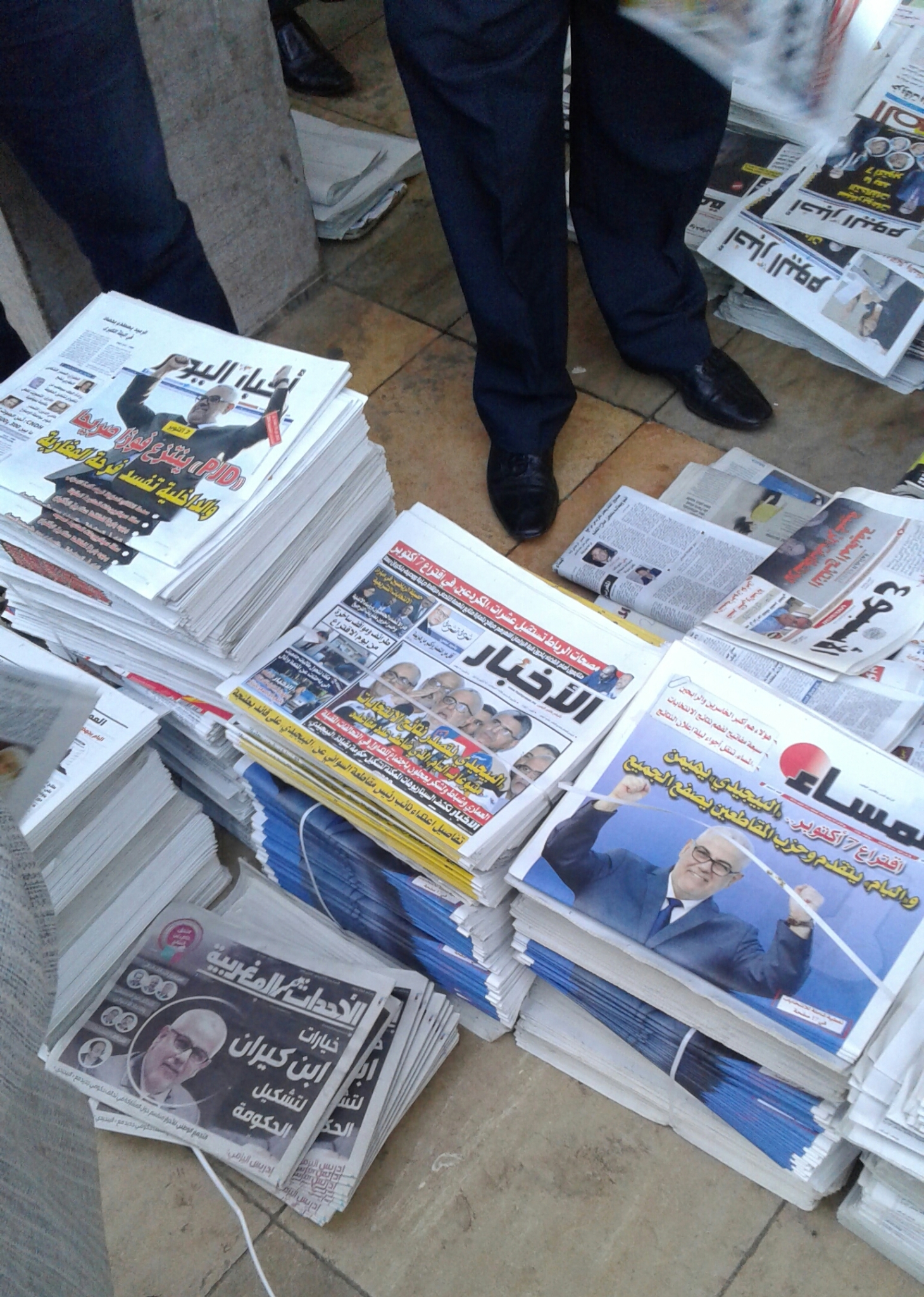
Post-election: news coverage of election results and coalition-building.
Final post: Morocco! The Good, The “Shwiya” and The Zwin (beautiful)…
*Shwiya, usually an adverb in Moroccan Arabic; can mean that something is just “OK”, or “a little”, or “kind of”, or “so-so”. It can be a polite way of saying that you’re not a fan of something:
– “Do you like going to the dentist?” -“Shwiya.”
– “How did the exam go?” – “Shwiya”
A popular catch-all word for challenging situations.
Happy Independence Day America!
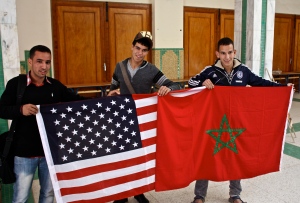
Independence Day! Morocco was the first country to recognize the independence of the United States, which Sultan Sidi Muhammad Ben Abdullah did on December 20, 1777. In 1787, the two countries concluded a Treaty of Peace and Friendship, signed by Thomas Jefferson,John Adams, and Muhammad III, which became the first treaty ratified by the Congress under the Constitution. The treaty was renegotiated in 1836 and is still applicable today, representing the longest unbroken treaty relationship in U.S. history.
Taounate Rookie.
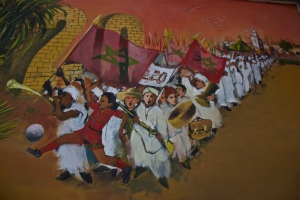 95 Peace Corps Trainees arrived in Rabat, the capital, on January 16; and 95 remained on March 28 when US Ambassador Sam Kaplan administered the oath that made each of us Peace Corps Volunteers. The Peace Corps still matters. We’re here to help reverse the trend of youth disengagement and to support youth and community development projects in a country of 33 million people; half of whom are under 25.
95 Peace Corps Trainees arrived in Rabat, the capital, on January 16; and 95 remained on March 28 when US Ambassador Sam Kaplan administered the oath that made each of us Peace Corps Volunteers. The Peace Corps still matters. We’re here to help reverse the trend of youth disengagement and to support youth and community development projects in a country of 33 million people; half of whom are under 25.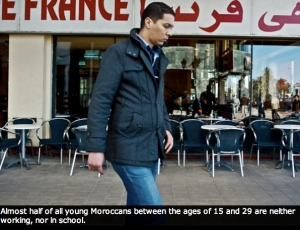
The unemployment rate for young people here is high (even for college graduates), especially in the interior of the country. And the value of people-to people diplomacy is critical in a region filled with such turmoil…Egypt, Tunisia, Mali, Libya. The 10 weeks of training seemed so long: language training (Darija, the local Arabic dialect), immunizations, administrative paperwork for Peace Corps and the Moroccan government, cultural integration, safety training, program training for the youth development initiatives that we would lead for the next 24 months.
We were broken into three main groups. I was part of a group that went to small towns and villages near Fes. Morocco is like California: mountains, deserts, fertile inland valleys, big coastal cities (Casablanca and Rabat both have light rail transit). Yes, it gets cold in Africa. The weather in February and March was consistently rainy and the air was very damp. Without indoor heat, indoor temperatures are about 45 degrees overnight (OK, windchill really only exists in the High Atlas Mountains, but snow is common there for five months a year). The flip side: the Moroccan people are incredibly warm and have insisted that we were now “family”.
I am overwhelmed by the friendship of adults and young people I have met. Their fascination with America is matched by our passion for serving in such a complex and beautiful country. The national anthem of Morocco ends with three words: God, Country, King. They represent the cornerstone of both public and private life here. I mention to my Moroccan friends and colleagues that Muslims live (and thrive) across America – and they even serve in Congress. Leaving our training sites outside Fes in the Riff Mountains to return to the capital was difficult for all of us. We were abandoning our new-found families to serve somewhere else, some of us on the other end of the country.
As the training period ended, I got my wish to be posted in the desert south-east near the long border with Algeria. It is where development challenges are greatest and where Casa (the nick name for hip Casablanca) seems a million miles away.
I miss my home, Minneapolis, very much (snow and all). The desert is my home for a while.
Insha’Allah.

